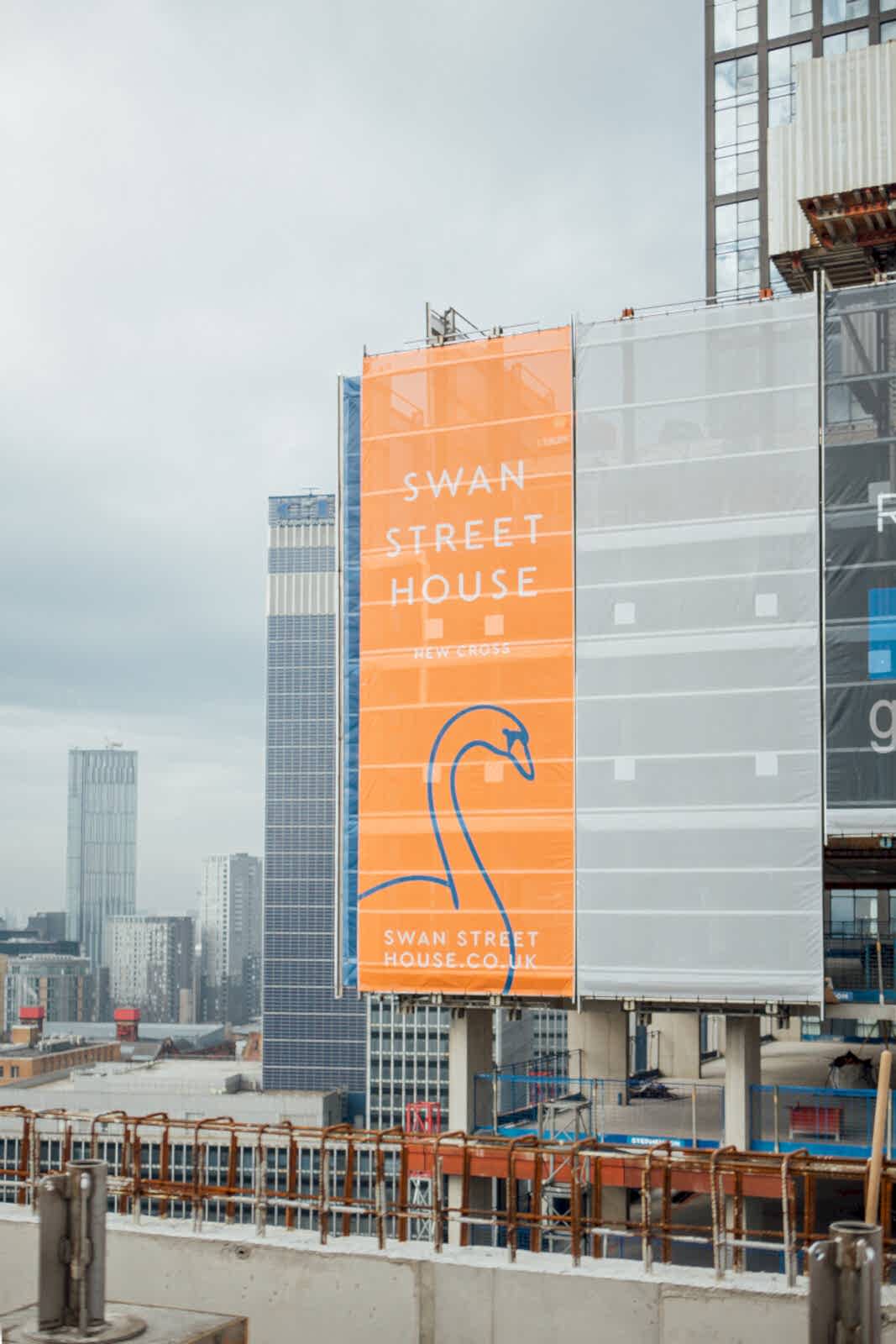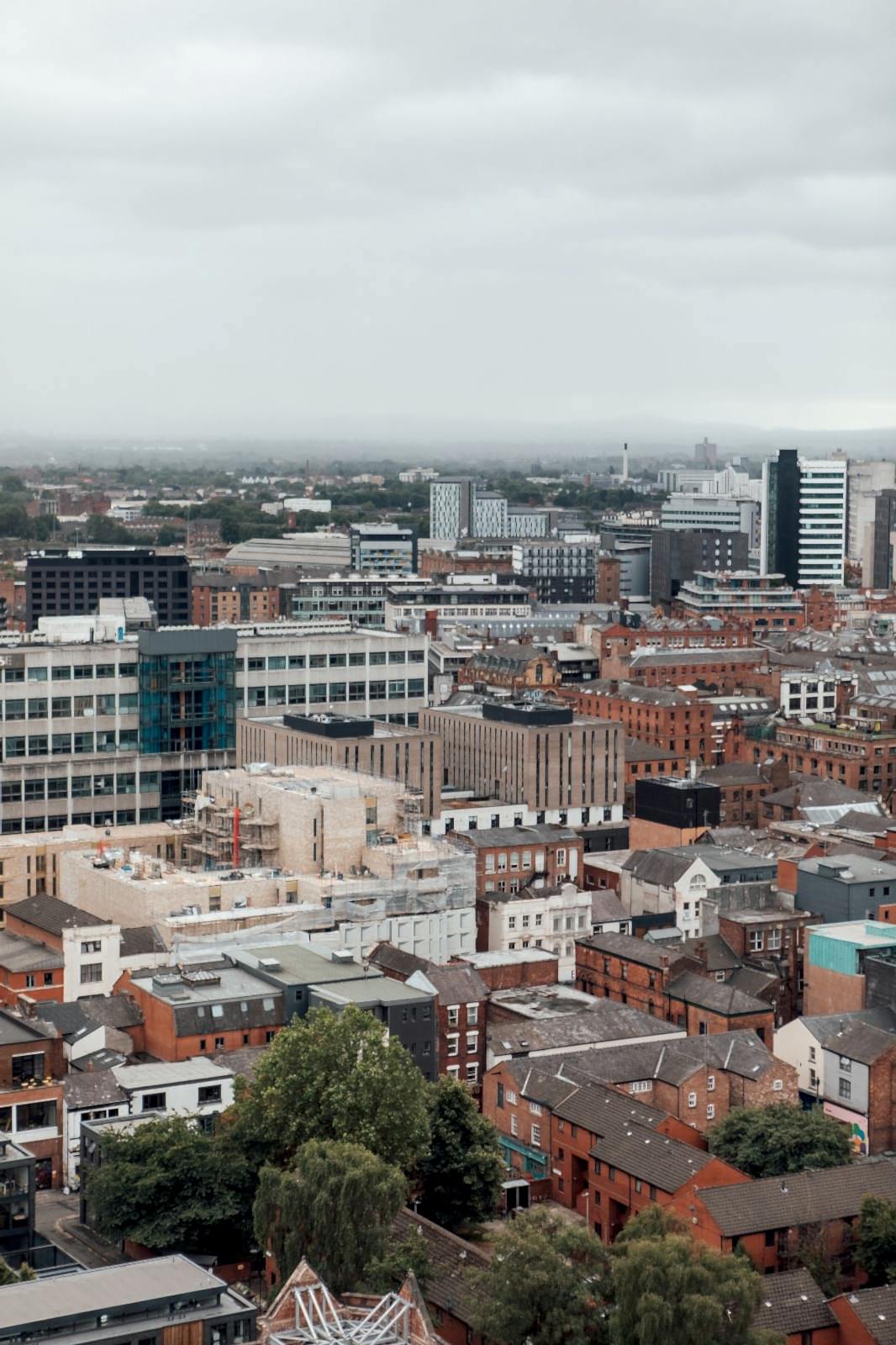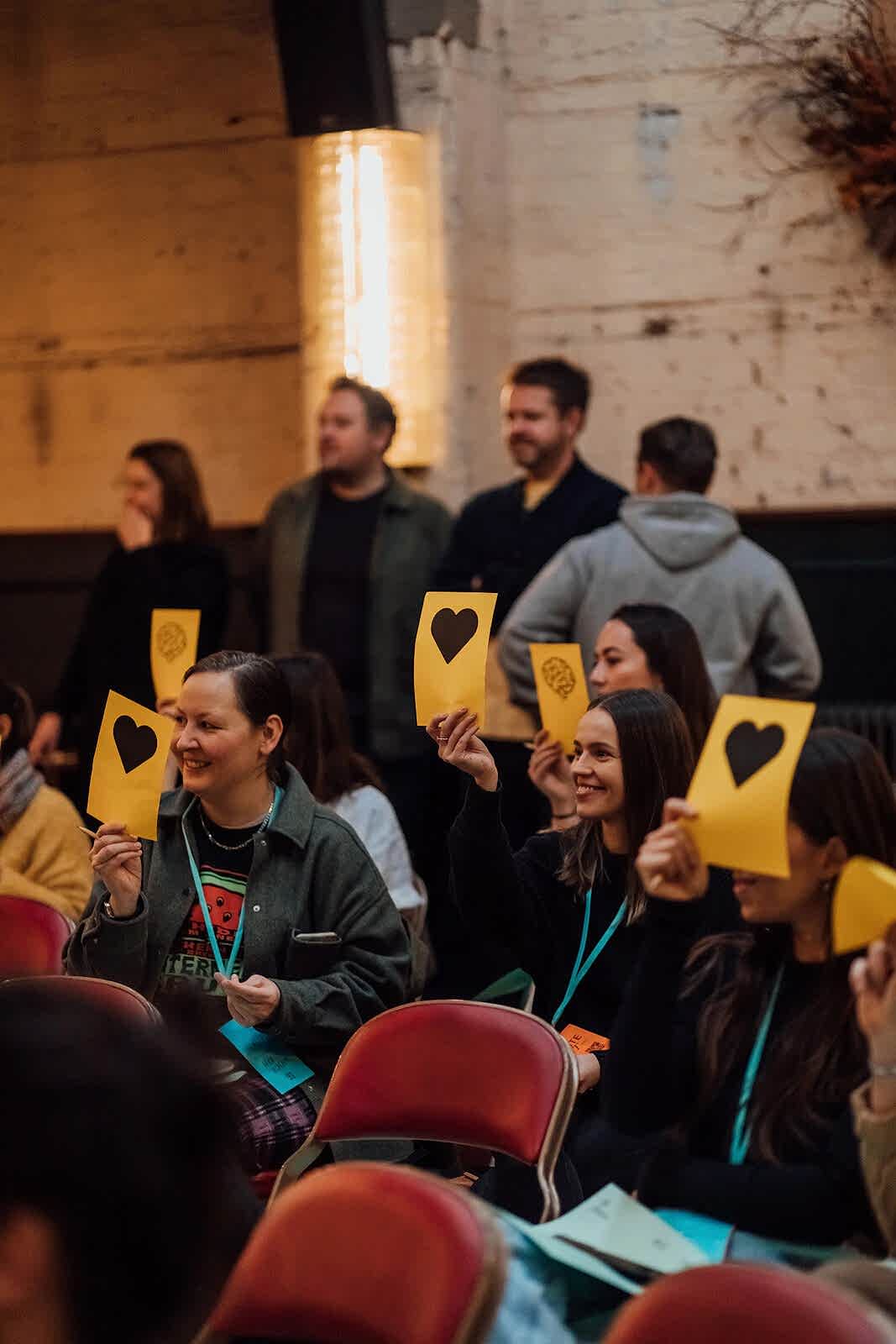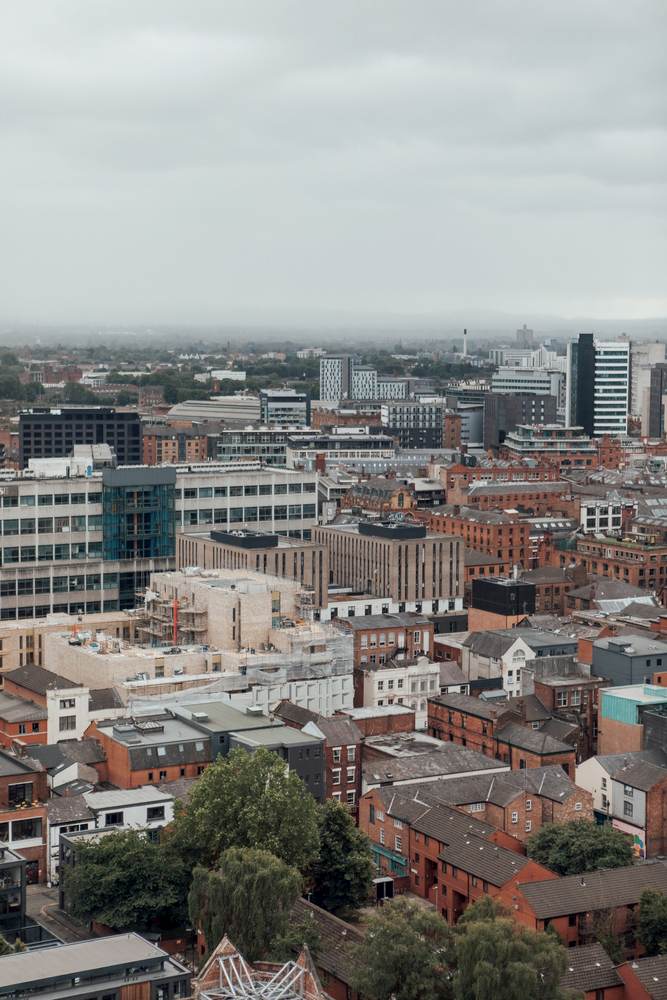


Developing communities through placemaking
93 explores the history of how streets and buildings are named and the impact placemaking has on society.
How do streets get their names?
Originally, streets in the UK gained their names through use due to local associations. These associations could have included where a market was held e.g. Cheapside, which stems from the Saxon word for a market 'chepe', where a church was located e.g. Church Street, the location of a river e.g Fleet Street, the location of tradespeople e.g. Mill Lane, or the way to another town e.g Totnes Road, among others.
As cities grew larger, often incorporating nearby villages and towns, things started to get confusing as streets with identical names began to appear in the same city. Between 1851 and 1896, London grew from being 122 square miles to 693 square miles. During this period of rapid expansion, the Metropolitan Board of Works, under the authority of the Metropolis Management Act 1855, set out to rename streets that appeared multiple times within London. Among the street names that appeared multiple times within the new bounds of London, there were 35 King Streets, 27 Queen Streets, 25 Albert Streets, 25 Victoria Streets, 22 Princess Streets, and 17 Duke Streets. In 1857, the Metropolitan Board of Works started work to rename the streets deemed the most confusing by the Post Office. Over the next 14 years, 4,800 streets were re-named.
Current methods and guidelines for the naming of streets and buildings
Today, the naming of new streets and the renaming of existing streets is regulated by local government. Each council has their own policy, allowing them to take into account any local needs. Cornwall, for example, has special rules around street names in Kernewek (Cornish). Streets in Cornwall can either be fully in Kernewek, or fully in English with a Kernewek translation (approved by the Cornish Language Office) below the English name.
Each council provides a list of acceptable and unacceptable suffixes (words like Road, Avenue, Rise, Crescent, Close, for example) for streets in their area, and what sort of street the suffix may be used for.
The naming of streets and buildings involves significant consultation with local ward councillors, the Royal Mail, the emergency services, local historians, and the general public. New street names should be different from other street names in the area. The London Borough of Richmand upon Thames gives the example that ‘Chestnut Close’ would not be allowed if there were already a ‘Chestnut Road'.
While there is some variation from council to council, they are expected to take into consideration the guidance put together by GeoPlace when naming streets or buildings:
- The exclusion or inclusion of certain numbers for cultural or religious reasons
- The use of building names without numbers
- New building or street names should not begin with “The”
- The use of street names which include numbers that can confuse, for example, “20 Seven Foot Lane” sounds the same as “27 Foot Lane”
- The use of names of deceased people in the adoption of any street names. The reason for choosing a person’s name should be established in the council’s policy
- The use of the name of a living person (it’s not recommended)
- The adoption of historic connotations by developers–guidance on this should be provided by the council to all developers through close liaison with local historic societies
- The use of national or local historic figures or events
- The use of a name with Royal connotations – the Lord Chamberlain’s office must be contacted if a name has any reference to the Royal family or if the word “Royal” is suggested
- The use of names and their combination with numbers that could be considered rude, obscene, and racist, or contravene any aspect of the council’s equal opportunities policies
- The use of names and their combination with numbers that could be easily vandalised or changed into any of the above
- The use of names that can cause spelling or pronunciation problems
- The use of names that can be construed to be used for advertising or commercial gain
- The use of names that would lead to variations in the use of punctuation as these can confuse or result in early demands for a change of address from occupiers
Proposals to rename an existing street or building
Sometimes, a proposal arises to change the name of a street or a building. As with the naming of new buildings and streets, changes to the names of existing buildings and streets are down to council discretion. Proposals are generally only considered when changes might be a problem for occupiers, the post office, or emergency services.
Residents and business owners on a street are consulted when a proposal is made to rename a road. Recent legislation states that two thirds of a street’s residents and business owners must approve of proposed changes to the name of their street. The new legislation is designed to “improve local democracy and make sure that names that are valued by the community and form a key part of an area’s identity are not erased without proper consideration.”
93ft were tasked with the renaming of Ridgeback’s Sherborne Place canalside apartments in Birmingham, as well as several key buildings within the development. This involved a deepdive into the history of the area, and the building’s historics uses, starting with the Middle Ages and taking us through the fascinating life of Louisa Anne Ryland. Sensitively naming buildings and streets, giving consideration to the history and culture of the place, is vital to ensure that the people who live there feel truly connected to their homes.
Working again with Ridgeback, this time on their Manchester development, we delved into the history of Swan Street - where the new development was placed - unearthing old maps of the area and following the evolution of place names on the border of the Northern Quarter, the hip district of Ancoats, and NOMA.
There is, unusually, only one street in Britain, called Swan Street, and it can be found in Manchester. Situated in the New Cross area of Manchester, this re-emerging area named for the market cross which used to exist at the centre of the meeting of roads, Swan Street was actually called New Cross Street until 1794 when the name was changed. We have a couple of theories how one of Manchester's shortest streets came to take its name, Swan Street.
One theory hinges on the Shude Hill Pitts - stretches of human formed water pools which used to exist along what is now Swan Street (Pitt Street, adjacent, is still so-called). The Shude Hill Pitts were what was known as daub holes - reservoirs of water formed when local residents removed the clay from the ground to use as building materials i.e. wattle-and-daub. A painting from 1830 shows the nearby area of Manchester Piccadilly having been transformed from an area of waste ground and daub holes to the new Infirmary, complete with ornamental water ponds featuring two swans. So when it came to naming Swan Street, Manchester, it could have been because swans used to occupy these former stretches of water.
Our alternate theory for where the street name, Swan Street originates, is from the name of a corn and flour dealer, Edward Swain who is first recorded in 1773 trading in the Shudehill area of Manchester, and is probably the same Edward Swain or Edward Swan who towards the end of the 18th century is living and selling his flour at No. 1 Swan Street.
So why, Swan Street House? Aside from the rich and mysterious theories behind the name Swan Street, evidenced above, we also spotted that Swan Street itself is only 355 metres in length, meaning you can walk the total length of the street in a matter of minutes. Given the new building sits along an entire third of the street, it provided an excellent opportunity to feel like the building is almost the street itself. Incorporating the name Swan Street into the new building name Swan Street House will hopefully allow residents to find their home with ease and efficiency, as well as helping visitors, couriers and deliveries to locate their destination easily.
Placemaking
The naming of streets and buildings is just one way for local people to be involved in the continued development of their community. Placemaking is an urban planning method that consciously creates places with people in mind, not just spaces to move people efficiently through, from one destination to the next.
It’s being used by more and more councils and urban planning groups to develop and redevelop neighbourhoods, city centres, parks, and other spaces used by people, in ways that not only increase their use but contribute to the health, happiness, and well being of the people using them.
Placemaking as a concept began in the 1960s, with Jane Jacobs and William H Whyte looking at how to make cities about the people living in them, rather than creating cities for people to fit into.
Both Jacobs and Whyte were instrumental in guiding urban planners to see cities as places that need to be seen as whole spaces, not as places pieced together by architects, designers, engineers, and politicians focusing on their areas of expertise. The latter creates cities that have all the essential parts of a city, while the former creates dynamic cities that function well for the people living in them.
By the 1970s, the word placemaking was being used by architects and urban planners when they were creating new public spaces like parks, plazas, and waterfront areas. They were shifting their focus to the people who would be using the spaces, rather than deciding as designers what the people should want. This approach saw a decline in underused public spaces.
In 1975, The Project for Public Spaces was founded by Fred Kent, to “get public spaces planned as if people mattered.”
He was joined soon after by Kathy Madden and Steve Davies, who together have grown the concept of placemaking and taken it from the designing of discreet public spaces to developing whole communities. It was groundbreaking work in 1978, but now their organisation supports placemakers not only throughout the United States, but across the world. Placemaking is fast becoming a global movement.
The concept is pretty simple–put people at the centre of planning spaces meant to be used by them. How do people move through an existing space? What do people want from the spaces they use or will be using?
Involve the community who live in and use their spaces, and the outcome is places where people feel they belong, enjoy living in, and use regularly.
- The Community is the Expert
- Create a Place, Not a Design
- Look for Partners
- You Can See a Lot Just By Observing
- Have a Vision
- Start with the Petunias: Lighter, Quicker, Cheaper
- Triangulate
- They Always Say "It Can't Be Done"
- Form Supports Function
- Money Is Not the Issue
- You Are Never Finished
Now the concepts behind placemaking are used not only to create vibrant public spaces, but also to design and create spaces where people gather on smaller scales. Whether they are workspaces, sports centres, or community hubs, the places where people get together can create a sense of community when they have been designed with community and people in mind.
To discuss how 93ft can help with your placemaking or community building project
Latest Ideas & Insights

93 Features – Marketing for growth, reducing your spend and increasing your impact
For the latest 93 Features event, we were joined by James and Becs from Kokopelli for a comprehensive look at funnel strength, the importance of advocacy, and turning your biggest weakness into your biggest opportunity. Find out more

Medal winning websites - Is your sports website Olympic ready?
How 93ft and Sport:80 are supporting National Governing Bodies of Sport to reboot and thrive in the digital world. Find out more

Creative Internships with 93ft Design Studio
Incubating fresh talent, supporting creative individuals and expanding the 93ft team Find out more
Discover what happened when local Sheffield businesses joined 93's SEO specialist at The Mowbray for a SEO training and networking event.














